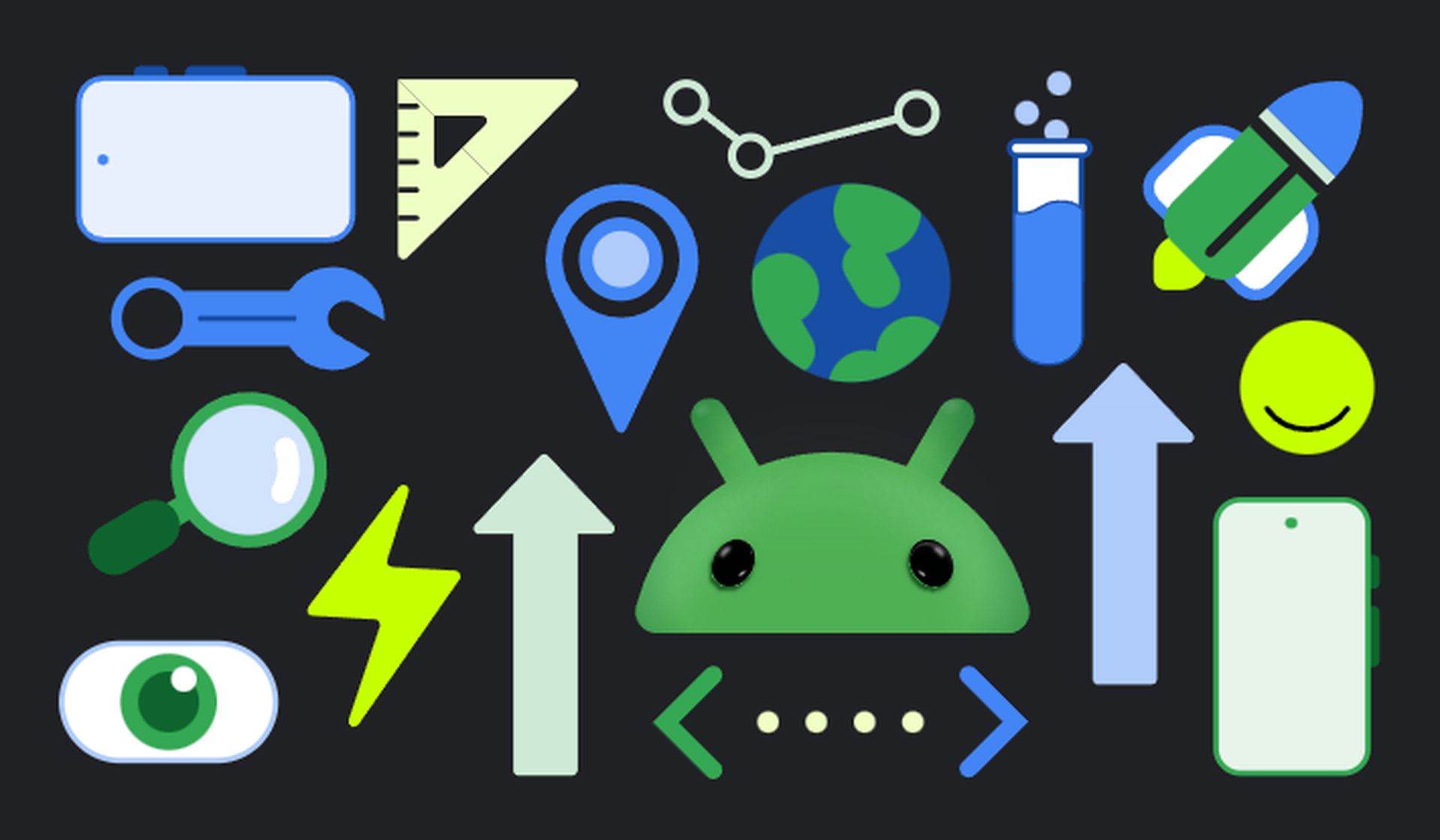Android 15 is set to bring innovation to the technology world by making dark mode mandatory for every application.
The new feature, designed with your well-being in mind, will significantly improve the user experience by minimizing eye strain, especially for users working at night or in low light. This is a testament to our commitment to your health and comfort.
Here’s everything we know about the dark mode that Android 15 will make mandatory for everyone.
Android 15 will bring dark mode
The Android operating system has made many innovations to improve the user experience in recent years, but some apps are still lagging in dark mode. With Android 15, this situation is completely changing. The new system will introduce a mechanism that can automatically switch all apps to dark mode. This is especially important due to the positive effects of dark mode on eye health.
With the new update, the “make all apps dark” option under Android’s “Accessibility” settings will allow users to use dark mode as they wish. This new feature is similar in functionality to a setting option called “override forced dimming“, which was previously available as a developer option. However, testing has shown that this new option can effectively adapt more apps to dark mode.

According to the developer documentation, the old “force-dark override” option analyzed apps’ light-themed components to make them suitable for the dark theme. However, some apps can disable this method. The newly developed “make all apps dark” feature eliminates these problems and allows users to use all apps in dark mode directly without the need for any additional settings.
With the Android 15 Beta 1.2 update, Google started testing this feature, but it will be available to users with future updates. Android 15 Beta 2 is expected to be released during the Google I/O 2024 event, and this new dark mode feature is expected to be fully activated.
Thanks to this innovation, Android users will be able to use all applications in dark mode, regardless of application developers’ preferences. This makes the Android ecosystem more user-friendly. Users can now protect their eye health and have a more aesthetically pleasing user interface.
Featured image credit: Android Developers Blog





